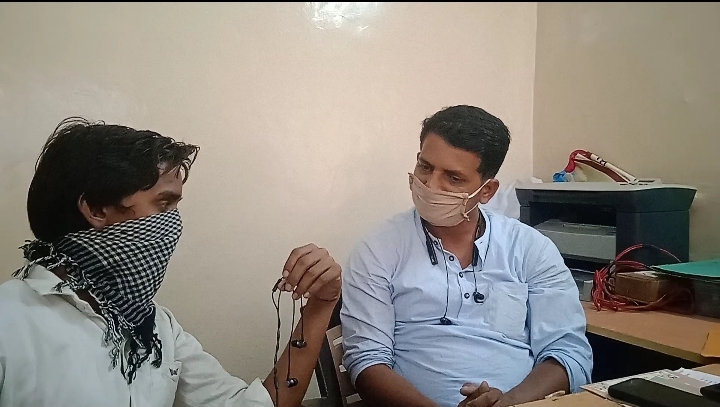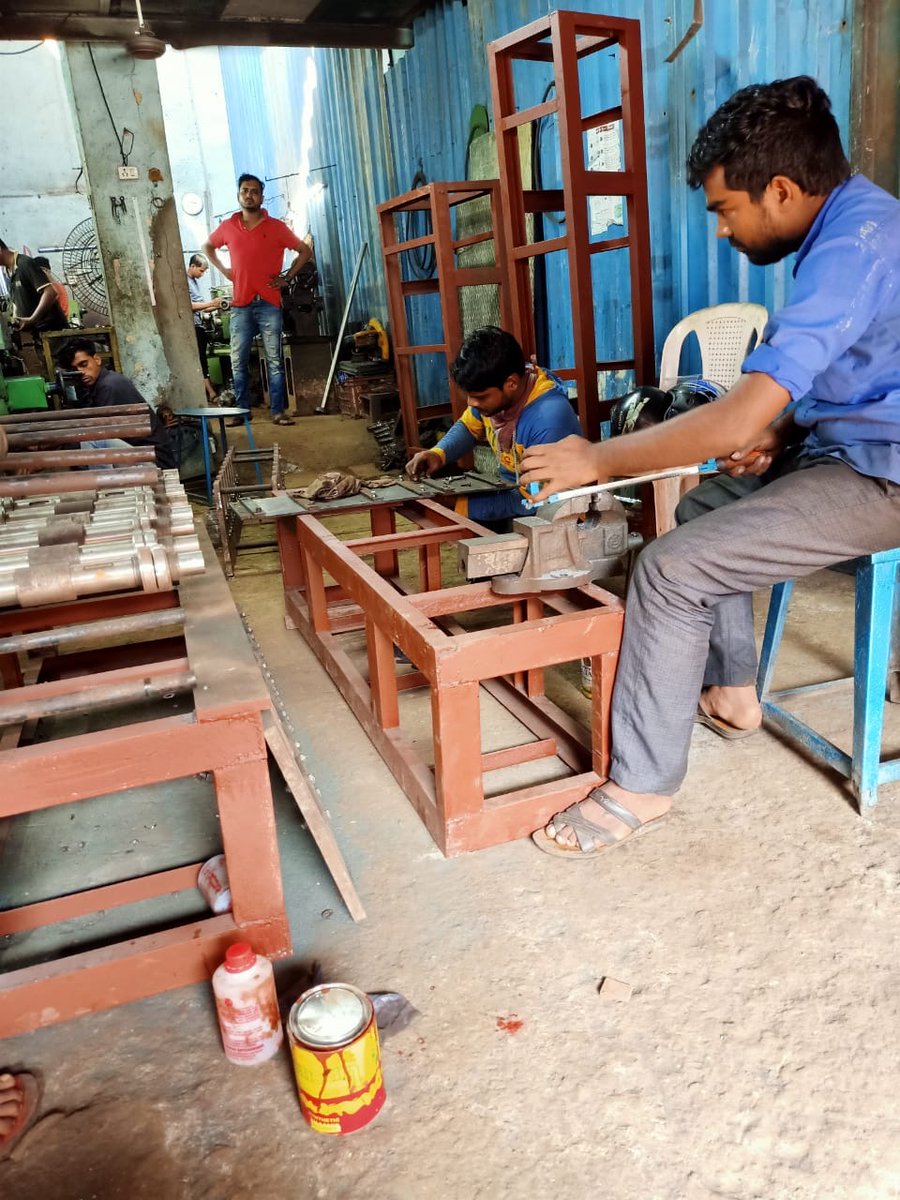
Non-profit working with migrant communities in India. May we live and work with dignity, everywhere!
How to get URL link on X (Twitter) App


 Before the lockdown, Mehboob's unit employed 7 workers: now his employer has only hired 2 to cut costs. While overall orders has drastically reduced, Mehboob personally has to cover up for the labour shortage by working longer hours for the same pay of INR 9,000. (2/4)
Before the lockdown, Mehboob's unit employed 7 workers: now his employer has only hired 2 to cut costs. While overall orders has drastically reduced, Mehboob personally has to cover up for the labour shortage by working longer hours for the same pay of INR 9,000. (2/4)

 Mainuddin has been working at his garment unit for 8 years as a karigar/skilled worker & has always been paid on a piece-rate basis. While the rate has remained the same, the lockdown has gutted the garment industry. With no orders or 'kaam' he earn less from fewer pieces. (2/4)
Mainuddin has been working at his garment unit for 8 years as a karigar/skilled worker & has always been paid on a piece-rate basis. While the rate has remained the same, the lockdown has gutted the garment industry. With no orders or 'kaam' he earn less from fewer pieces. (2/4)



 Mujib Khan has lived in Mumbai for 20 years, of which he spent over 15 as a salaried employee at a hardware shop, earning INR 15,000 per month. Despite his many years of work, his employer abandoned him during the lockdown, giving him only INR 200 to survive. (2/4)
Mujib Khan has lived in Mumbai for 20 years, of which he spent over 15 as a salaried employee at a hardware shop, earning INR 15,000 per month. Despite his many years of work, his employer abandoned him during the lockdown, giving him only INR 200 to survive. (2/4)



 The burdens of economic 'recovery' have fallen heavily on the shoulders of India’s informal migrant workers. Working at the lowest ends of manufacturing & construction value chains, they have been compelled to confront depressed wages, body burdens & wage theft. (2/6)
The burdens of economic 'recovery' have fallen heavily on the shoulders of India’s informal migrant workers. Working at the lowest ends of manufacturing & construction value chains, they have been compelled to confront depressed wages, body burdens & wage theft. (2/6)
https://twitter.com/IndiaMigrant/status/1256178269499555840India's urban led, export oriented economic model is based on cheap labour provided by circular migrants as a comparative advantage for attracting investments and producing cheaply for global markets making